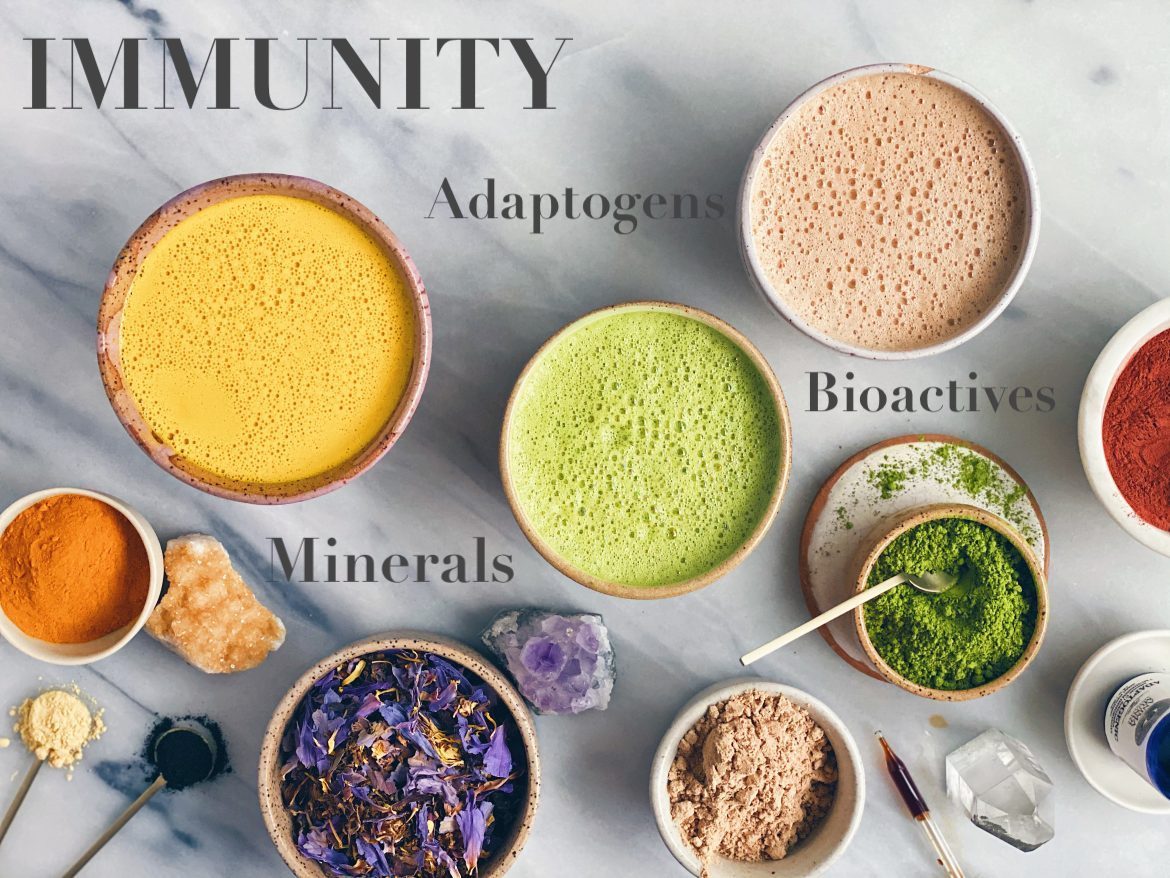by Leila FALCAO, PhD.
Thanks to their technological applications (colourings, sweeteners, acidity regulators, antioxidants, flavours, preservatives, etc.), natural ingredients are essential in the production of innovative products, in the agri-food, well-being and cosmetics sectors.
Success Rate of New Products Development (NPD) vs. Innovation
Different studies have identified approximate percentages of general new product development (NPD) types and they are outlined (Fuller, 1994; Anon., 1999; Luning et al., 2002):
- 10% New to the world Products
- 20% New category entries (New product lines)
- 26% Addition to product lines: products that are line extensions
- 26% Product improvements: current product made better
- 7% Repositionning: products that are targeted for new use or a new application
- 11% Cost reductions
Although Mintel’s (2014) research showed a 66% commercial success rate on new agri-food products, over more than 50 years, the research confirms a remarkably stable failure rate (Anon 1999, Lord 2000, Nielsen 2014) :
- 72% new authentic products fail
- 55% line extensions fail
- 67% of new products launched never reach the 10,000-unit sales threshold
- 75% of new products launched do not remain on the shelf after the first year
Mintel’s “positivity” can be due to their definition of “commercial success”. That is, “a product still sold on a website 18 months after its launch”. Whereas for the majority, “commercial success” refers to new products introduced to the market that have achieved the commercial objectives of the business unit that launched them (Catellion & Markham, 2013).
Natural Ingredients: Why is it so difficult to innovate?
The main reasons identified are:
- Lack of efficiency in the transmission of inter-functional information (Sales – Marketing – R&D – Manufacturing) (Ernst et al., 2010)
- Radical differences between between competitive and industrial environment (Benner, 2005)
- Put innovation at the bottom of their list of priorities, below report writing, below answering e-mails, below making presentations, below calculating financials, indeed, below all their day to day routine work (Jeffrey Baumgartner).
How can you improve your NPDs sucess in natural ingredients market?
Here a simple three steps to provoke a change and increase your NPD successes:
- Firstly, step is integrating marketing and R&D in the early stages of ingredient conception. This will enhance the flow of market information, which is critical to the success of new products, into the NPD process;
- Secondly, integrate industrial capabilities and limitations in the conception stages of the new ingredient. It will clarifiy if new investiments not previously imagined are necessary to achieve the expected commercial success;
- Thirdly, to improve creativity, “the out of the box thinking” and the chances of commerical success of a new product development, the traditional approaches of design should be replaced by new, structured methodologies as i.e. “design thinking”.
But the real difficulty here is construct a solid and authentic interaction between very different worlds inside an organization…. A human centered approach inside innovation management will be necessary to make a “right place” for everyone.
Design thinking to disrupt natural ingredient conception
Design thinking is a human-centered process to innovation that draws from the designer’s toolkit and integrates the needs of people, the possibilities of technology, and the requirements for business success (Tim Brown, IDEO). It believes the importance of consumer empathy: To be able to develop good solutions, innovation teams need to understand their users. The goal of rapid prototyping is to make mistakes as fast as possible.
“Fail fast to innovate faster”
(Daniel Newman)
Design thinking approach (Source: IDEO)
However, while questions on desirability, viability and feasibility can help products hit the jackpot, they give flawed direction at best on how to make them more sustainable. The diagram below was described differently, putting a long-term systems perspective as a fourth circle (called the ‘Clover Model’). The sustainability lens is integral to addressing every design challenge and needs to be considered within the pre-existing lenses of desirability, feasibility and viability (Shapira et al., 2017).
The propelling HCD Model (Source: Shapira et al., 2017).
Making a place for curiosity-driven research into the companies to innovate
Design thinking process applied to natural ingredients is bit unusual because it crosses between curiosity-driven research and the real world of the food industry.
“We go deeper and deeper inside the plant to understand their biochemistry, physical and chemical properties and when we start this process new solutions popping up, and it is not rare that it changes research direction”
In this process, the design of a botanical ingredient is the first step of innovation to uncover unmet needs as opposed to simply “easy wins”.
Curiosity-driven research (Theodore W. Hänsch, Stockholm)
Considering the potential of curiosity in skill acquisition, the development of interests, goal perseverance, and various positive subjective experiences, individual differences in curiosity can be expected originate new processes to drive our future innovation management and systems. Curious people want naturally to continually accumulate new abilities and experiences. Finally, while a human centered process, “design thinking approach” not means “forget the product-centered approach”. There is no incompatibility between design thinking, technical expertise, sustainability or company’s ethical and social values. It depends on integrating social and environmental values into the core of business strategies. With curiosity and perseverance to embrace a societal change we can generate great opportunities for make world better, build new markets and obtain long-term success innovative ideas.
Leila FALCAO, PhD
CEO Inaturals
Illustration « Curiosity-driven »: Image adaptée avec permission provenant de la fondation Nobel(c) (Nobel lecture of Laureate Theodor W. Hänsch, Stockholm.
Photo de couverture: by Andy Holmes
Références :
Agar, J. The curious history of curiosity-driven research. 21p. Downloaded from http://rsnr.royalsocietypublishing.org/ on November 9, 2018.
Anon, .1999. Efficient product introductions: the development of value-creating relationships. Ernst & Young global client consulting, ECR Europe and ACNielsen, 68 pLord, 2000.
Benner, M. The Chain Information Model: A Systematic Approach for Food Product Development. Ph.D. Thesis, Wageningen University, the Netherlands, 2005. ISBN: 90-8504-223-2.
Ernst, H. et al. Sales, Marketing, and Research-and-Development Cooperation Across New Product Development Stages: Implications for Succes. Journal of Marketing Vol. 74 (September 2010), 80–92
Fuller, G.W. (1994). New Food Product Development: from concept to marketplace. CRC, Boca Raton, 175 p.
Luning, P.A.; W.J. Marcelis and W.M.F. Jongen (2002). Food quality management: a technomanagerial approach. Wageningen Pers, Wageningen, 323 p.
Lord, J.B. New product failure and success. In: Brody, A.L. and J.B. Lord (Eds.). Developing new products for a changing marketplace. (pp. 55-86). Technomic, Lancaster, 2000.
Shapira, H.; Ketchie, A.; Nehe, M. The integration of Design Thinking and Strategic Sustainable Development. Journal of Cleaner Production, v. 140, p. 1, 2017.
Nielsen 2014. Nielsen cracks the DNA of ‘breakthrough innovation’ success, following study of 12,000 product launches across Europe
www.mintel.com
Castellion & Markham, 2013. Myths About New Product Failure Rates https://newproductsuccess.org/white-papers/new-product-failure-rates-2013-jpim-30-pp-976-979/?




No comments! Be the first commenter?